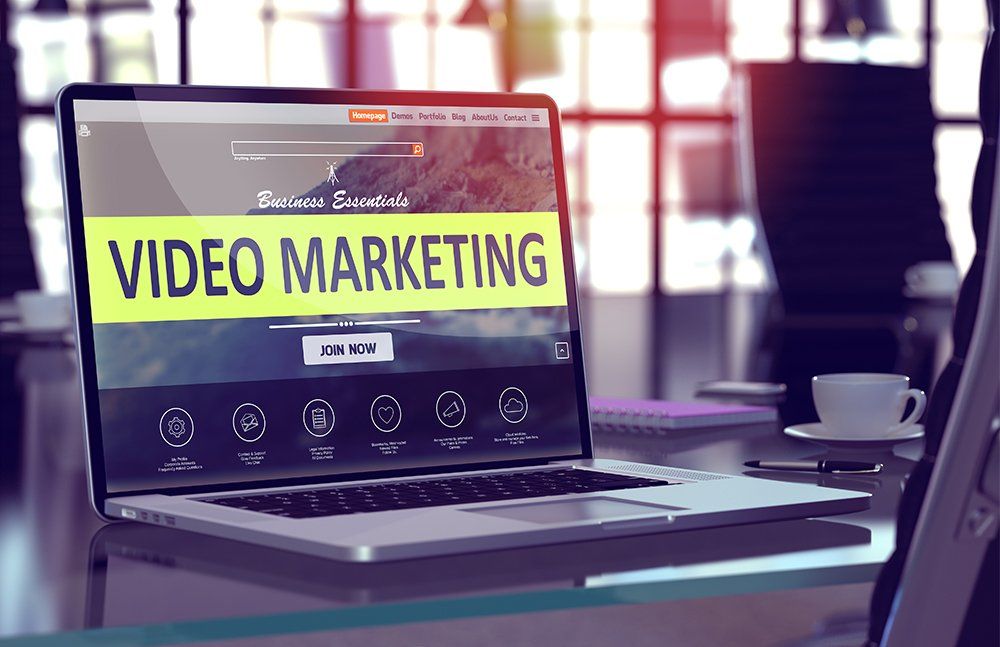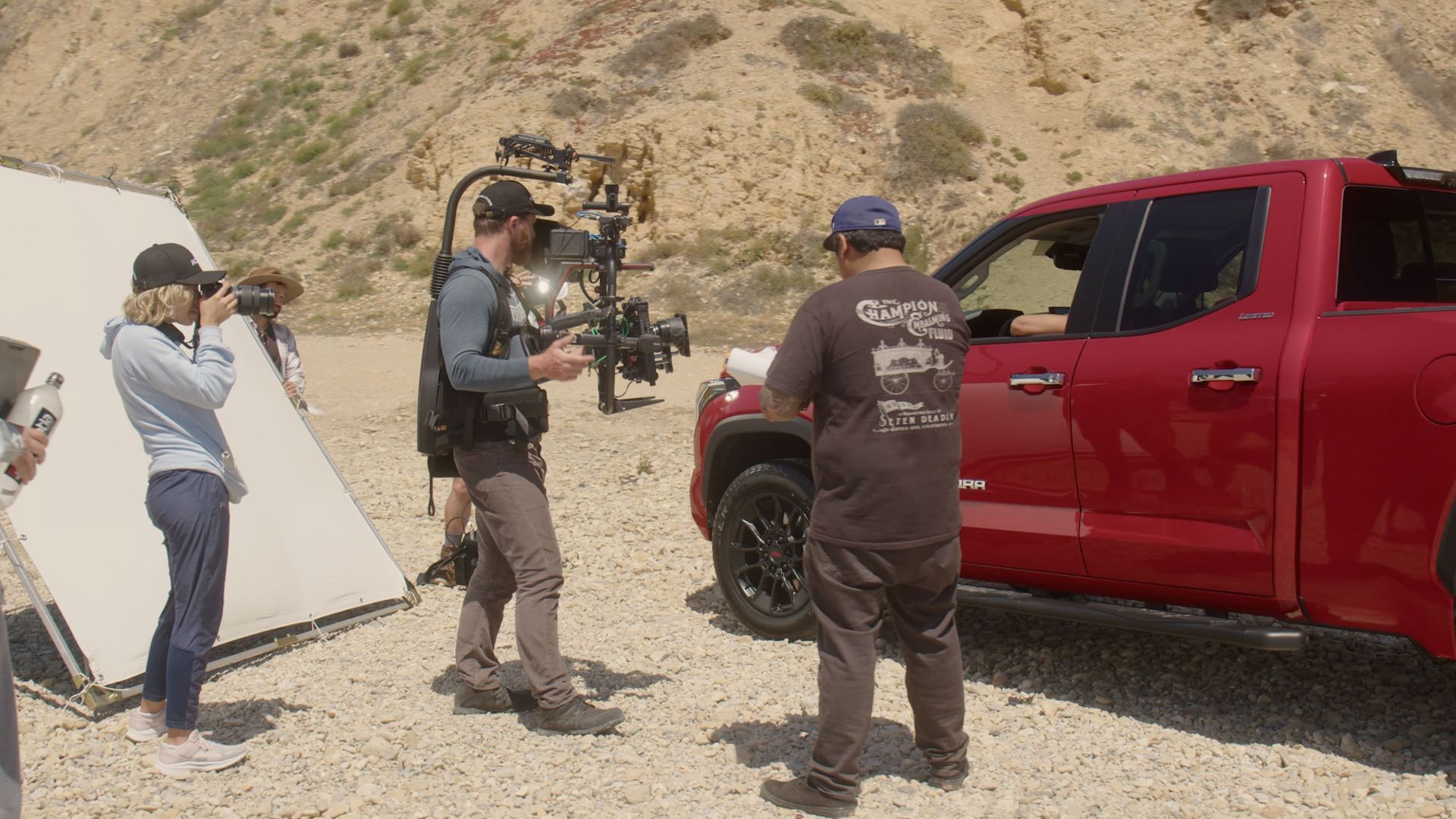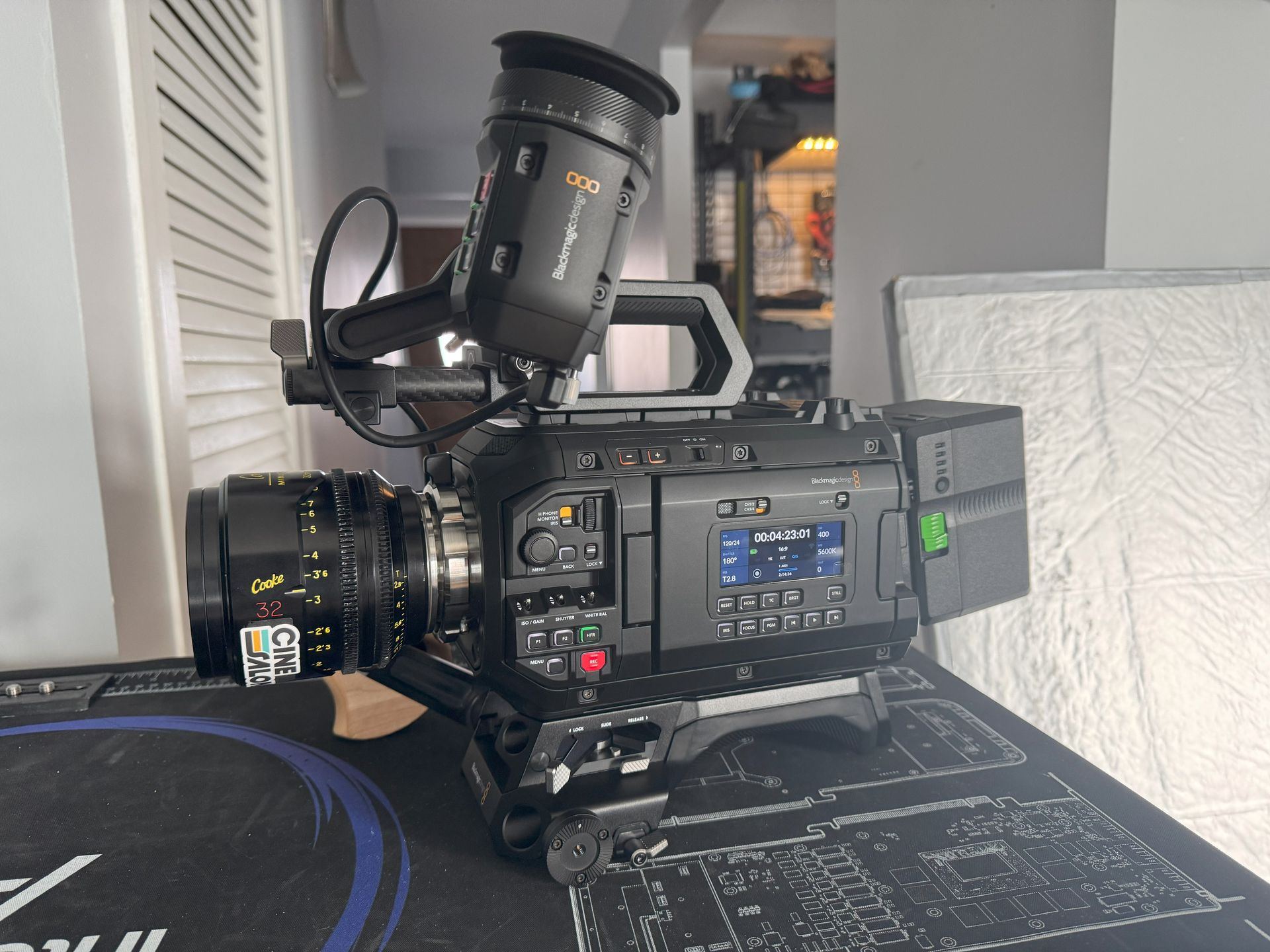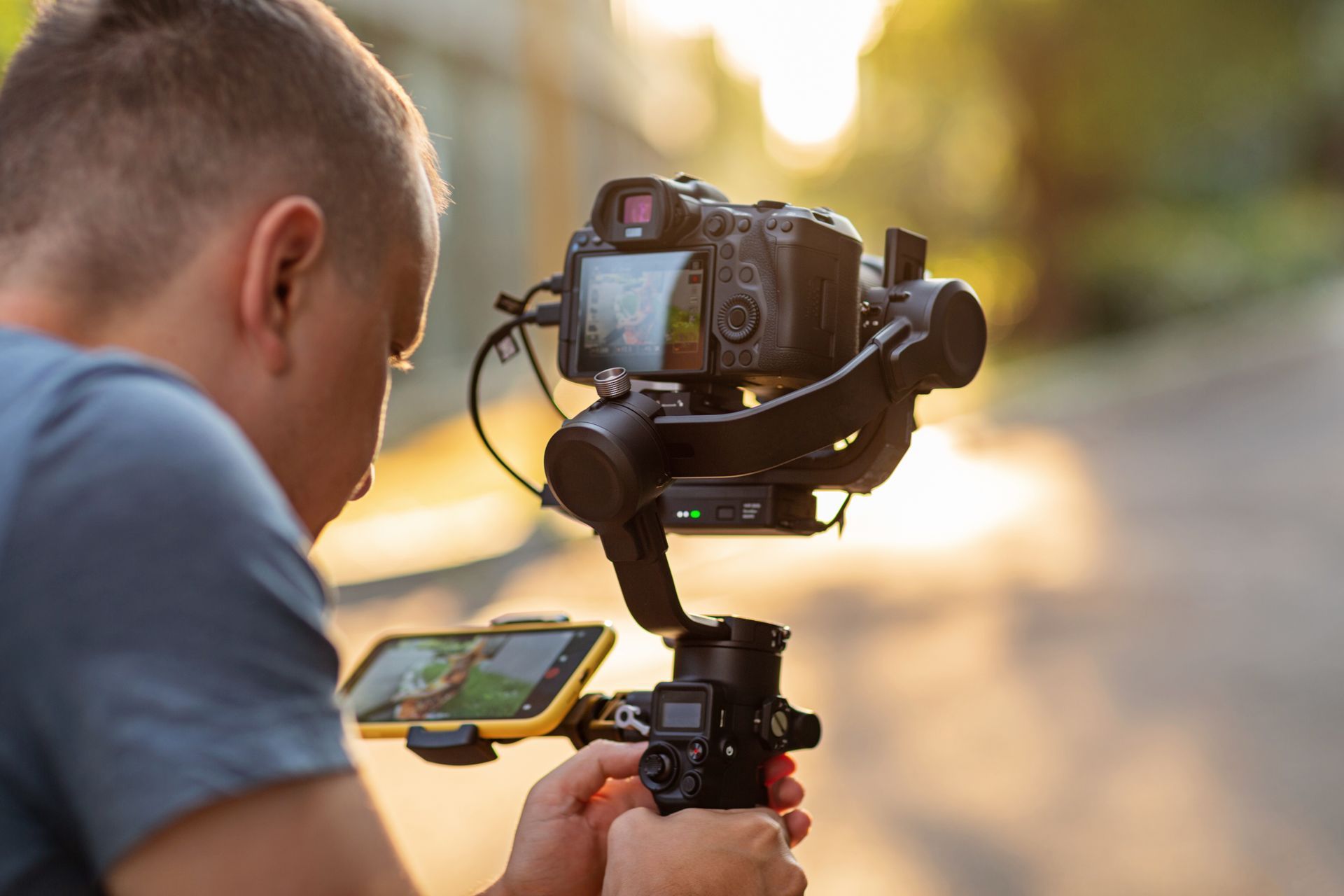
What is Video Marketing?
Video marketing is a strategy that involves creating and sharing videos to promote a product or service. In simple terms, it's a way businesses can connect with customers. Videos can show how products work, answer customer questions, or share stories that connect people to a brand.
Why Use Social Media for Video Marketing?
Many companies use social media to share their videos. It's easy to understand why. Social media platforms, like Facebook or Instagram, have a lot of users. Posting a video there means millions could see it.
Limitations to Relying Solely on Social Media Marketing for Videos
But there's a downside. Relying solely on social media for video marketing has limitations. For one, you're at the mercy of the platform's rules and algorithms. If the platform decides to change how it shows content, your video might not reach as many people. Also, not everyone uses social media. By focusing only on these platforms, you could miss out on reaching other potential customers.
Looking Beyond Social Media
Does this mean you should abandon social media? Of course not! Social media is still a powerful tool for video marketing. But it shouldn't be the only tool in your marketing toolbox.
There are other ways to market your videos. Some might even work better for your business. That's what we'll explore in this article. We will look at seven ways to market your video without social media.
Top 7 Ways to market your video without social media
Expect to learn about different strategies, like website integration and email marketing. We'll discuss video SEO, content partnerships, and offline marketing. You'll also learn how to use videos in content marketing and paid advertising.
Don't worry if some of these terms sound unfamiliar. We'll explain what they mean and how you can use them. You'll see examples of businesses that used these strategies successfully. By the end of this article, you'll have new ideas on how to reach more people with your videos.

1. Use Website Integration
Your website is your home on the internet. It's a place where you have full control over what to show and how to show it. And it's a place people visit when they want to learn more about your business. So, why not use it for video marketing?
Benefits of Website Video Integration
Placing videos on your website has many benefits. First, videos can make your website more engaging. People like watching videos. It's easier and more fun than reading long paragraphs of text. A well-made video can grab people's attention and keep them on your site longer.
Second, videos can help explain complex ideas. If you have a product that's hard to describe in words, a video can show how it works. A video can also share customer testimonials or show the story behind your brand.
Third, videos on your website can help improve your site's SEO. We'll talk more about video SEO later, but for now, know that search engines like Google love sites with good videos.
Best Practices for Website Video Integration
Now, how can you use videos on your website effectively? Here are some tips:
- Place your videos strategically. Think about where a video can have the most impact. It could be on your homepage to grab attention right away. It could be on a product page to explain how the product works. Or it could be on your 'About Us page to share your brand story.
- Keep your videos short and focused. People have short attention spans. Keep your videos between 2 to 3 minutes long. And make sure each video has a clear message or purpose.
- Use high-quality videos. Your videos represent your brand. Make sure they look and sound good. Use clear images and audio. And make sure the video plays smoothly on different devices and internet speeds.
Examples of Effective Website Video Integration
One example is Dropbox. When Dropbox first launched, they had a simple explainer video on their homepage. The video showed how Dropbox works and why it's useful. This video helped Dropbox explain their new concept and attract their first users.
Another example is Zappos. The online shoe retailer uses videos on their product pages. These videos show the shoes from different angles and describe their features. These videos help customers make buying decisions.
These are just two examples, but there are many more. Thinking about how a video can help your business and website is key.
2. The Power of Email Marketing
. Email might not be as flashy as social media, but don't underestimate its power. People check their emails daily, and many prefer getting updates via email rather than social media. You're missing out if you're not using email to market your videos.
Benefits of Video in Emails
Using video in your emails can make them more interesting. A catchy video can be a great way to grab your reader's attention and get your message across. Plus, videos can be more personal. It's like you're talking directly to your audience.
How to Use Videos in Email Marketing
- Use a video thumbnail. Most email platforms don't let you embed videos directly. But you can include a thumbnail image of your video. Make it look like a video player with a play button. When people click the thumbnail, they can be taken to your website to watch the full video.
- Keep it relevant. The video should be relevant to the email content. If you're promoting a new product, include a product demo video. If you're sharing company news, include a message from your CEO.
- Add a clear call-to-action (CTA). Tell people what you want them to do after watching the video. It could be to visit your website, buy a product, or learn more about a topic.
Examples of Successful Video Email Marketing
One company that does this well is Wistia. They often include video thumbnails in their newsletters. When you click the thumbnail, you're taken to a blog post to watch the video and read more about the topic.
Another example is Headspace. The meditation app sends emails with short, calming videos. These videos give readers a taste of what they can get from the app. They're a perfect match for Headspace's brand and message.
3. Engage Video SEO
Video SEO. SEO stands for "Search Engine Optimization". It's about making your content easy for search engines, like Google, to understand.
Why is Video SEO Important?
When you type something into Google, it shows you results it thinks are the most relevant. So, if someone is looking for a video like yours, you want Google to show them your video. That's where Video SEO comes in. It helps Google understand what your video is about.
Tips for Optimizing Your Videos for Search Engines
- Use relevant keywords. Think about what words people might use to search for your video. These are your keywords. Include them in your video title, description, and tags.
- Create a video transcript. A transcript is a text version of your video's content. Since search engines can't watch videos, they rely on text to understand what a video is about. Providing a transcript helps with this.
- Host your video on a popular platform. Hosting your video on a site like YouTube can help it get found. YouTube is the second largest search engine after Google. Plus, Google often shows YouTube videos in its search results.
Successful Video SEO Strategies
Let's look at some examples. Moz, a company that offers SEO tools, does a great job with Video SEO. They have a video series called "Whiteboard Friday". Each video comes with a full transcript and a blog post. They use relevant keywords throughout.
Another example is Blendtec. Their "Will it Blend?" series became a viral hit on YouTube. They used catchy titles and detailed descriptions with popular keywords. Their videos show up in search results for a wide range of topics.
4. Utilizing Video in Content Marketing
Content marketing is the practice of creating valuable content for your audience. The content can take many forms, including blog posts, ebooks, podcasts, and yes, videos!
The Role of Video in Content Marketing
But what role does video play in content marketing? Well, videos can make your content more engaging. People enjoy watching videos and can often convey information more effectively than text. Plus, videos can be shared easily, helping to spread your message further.
How to Integrate Videos into Your Content Marketing
Here's how you can incorporate videos into your content marketing:
- Add videos to your blog posts. A video can complement a blog post by providing a visual explanation or demonstration of the topic. It can also break up the text and keep readers engaged.
- Offer video tutorials or webinars. Tutorials and webinars can offer in-depth knowledge and build trust with your audience. You can even turn these into a series to keep your audience returning for more.
- Create video versions of your content. Not everyone likes reading. Creating video versions of your existing content can appeal to a different audience segment.
Examples of Successful Video Content Marketing
An excellent example of video content marketing is HubSpot's Academy. They offer free video courses on various topics, from SEO to social media marketing. These videos help establish HubSpot as a thought leader in the marketing field.
Another example is TED Talks. These are videos of presentations on a wide variety of topics. They're educational, inspiring, and highly shareable, ticking all the boxes of great content marketing.
5. Explore Offline Marketing
We've mostly talked about online strategies so far. But let's not forget about offline marketing. Even in the digital age, offline marketing can still be effective especially regarding videos.
Benefits of Offline Video Marketing
Offline marketing can reach people who might not see your online content. It can also leave a strong impression. Seeing a video on a big screen at an event can be more memorable than seeing it on a small phone screen.
How to Use Videos in Offline Marketing
But how can you use videos in offline marketing? Here are some ideas:
- Show your videos at events. This could be at trade shows, conferences, or community events. You could have a booth with a screen showing your videos. Or you could even sponsor a video screening.
- Include videos in your in-store displays. You can use videos to show off your products or share customer testimonials if you have a physical store.
- Use videos in TV commercials. Yes, TV is still a thing! A well-made commercial can reach a large audience and create a buzz around your brand.
Examples of Successful Offline Video Marketing
For example, let's look at Apple. Apple stores often display videos showcasing their products' features. These videos help customers understand what makes Apple products unique.
Or take Red Bull. Red Bull often sponsors extreme sports events where they show thrilling videos. These videos fit perfectly with Red Bull's adventure and excitement brand image.
6. Partner with Other Businesses
Collaborating with other businesses can be a powerful way to reach more people and expand your influence.
How Video Fits into Business Partnerships
So how does video fit into this? Well, videos can be an excellent way to showcase partnerships. They can show how your products or services work together. They can share stories about how your businesses have helped each other. And they can help each other's audience understand the value of your partnership.
Tips for Successful Video Collaborations
- Joint product demonstrations. If your products or services work well together, why not show them? A joint product demo can show your audience how they can benefit from both your offerings.
- Interviews and discussions. You could interview each other about your businesses. Or you could have a discussion about a topic relevant to both your audiences.
- Promote each other’s videos. You could share each other's videos with your audiences. This could expose each of you to a new audience.
Examples of Successful Video Partnerships
First, take GoPro and Red Bull. They've partnered on many projects, creating thrilling videos showing off GoPro's cameras and Red Bull's extreme sports events.
Or consider the case of Buzzfeed and Friskies. They teamed up to create the "Dear Kitten" series, which became a viral hit. The videos were funny and cute, perfectly fitting both Buzzfeed's and Friskies' brands.
7. Use Paid Advertising
While it involves investment, paid advertising is a powerful way to reach a large audience quickly and boost your video's visibility.
The Role of Video in Paid Advertising
Video ads can be more engaging than text or image ads. They can show your product in action, tell a story, or evoke strong emotions. Plus, video ads can reach people on various platforms, from search engines to video-sharing sites to mobile apps.
How to Use Videos in Paid Advertising
- Target the right audience. Most ad platforms let you target your ads based on age, gender, location, interests, and behavior. Ensure your ads reach the most likely interested in your video.
- Create high-quality videos. Your video represents your brand. Make sure it looks professional and reflects your brand's style and values.
- Include a clear call to action (CTA). Tell viewers what you want them to do after watching your video. This could be visiting your website, downloading an app, or buying a product.
Successful Paid Video Advertising
For instance, consider Geico. Their short, humorous video ads are a hit on TV and online. They're memorable and shareable, which helps boost their reach even further.
Another example is Grammarly. Their video ads show how their app works and why it's useful. The videos are simple, clear, and direct, effectively driving conversions.
The Power of Diversified Video Marketing
So there you have it: seven powerful ways to market your videos without relying on social media. Each of these strategies can reach a different segment of your audience and bring unique benefits. Using a mix of these strategies, you can spread your videos far and wide.
Implementing the Strategies
Like any form of marketing, the key to video marketing success is understanding your audience. Each of these strategies might not work for every business. Experiment with different strategies. See what resonates with your audience and what drives results for your business.
Final Thoughts
Don't get us wrong. We're not saying you should abandon social media. Social media can still be a valuable tool in your video marketing strategy. But it's just one tool. By looking beyond social media, you can discover new ways to reach your audience, tell your story, and grow your brand.
Ready to Expand Your Video Marketing Horizons?
We hope this guide has given you some new ideas for your video marketing. With creativity, experimentation, and a deep understanding of your audience, video marketing cannot limit what you can achieve. So step out of your social media comfort zone and explore these new horizons.

Get total clarity on your video marketing and paid media with our FREE comprehensive data audit.







